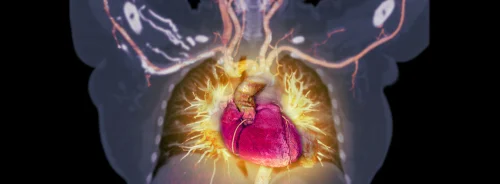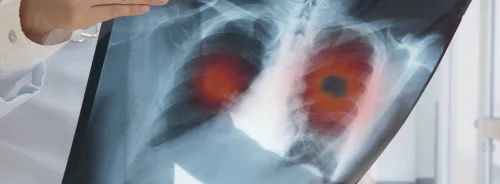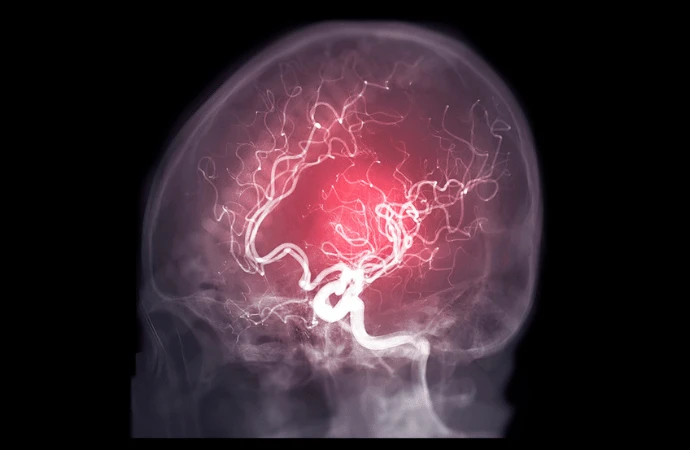Aneurysmal subarachnoid haemorrhage (aSAH) is a serious condition with potentially severe complications like delayed cerebral infarction (DCI) and acute hydrocephalus. Hospitals with specialised neurosurgical and endovascular services tend to have better outcomes in managing these complications. However, limited neurocritical care unit (NCCU) beds in such hospitals require efficient patient selection for intensive care. Radiological scores, like the Fisher grade, have been used since the 1980s to predict complications, but their sensitivity and specificity for DCI prediction are low. Recent studies suggest that newer radiological scales may be more accurate in predicting complications. The aim of this study recently published in European Radiology is to assess the predictive performance of eight radiological scales in aSAH for complications like DCI, acute hydrocephalus, and long-term functional outcomes, aiding in better patient triage and tailored care.
Retrospective Study on Radiological Grading in Aneurysmal Subarachnoid Hemorrhage
This study was a retrospective cohort conducted at a single neurocritical care unit (NCCU) over 33 months, involving consecutive patients with an aneurysmal subarachnoid haemorrhage (aSAH). Ethical approval was obtained, and individual consent was waived according to French law. Patients over 18 with confirmed aSAH on head CT scan and subsequent digital subtraction angiography were included. Non-aneurysmal vascular malformations and certain intracranial artefacts were exclusion criteria.
Clinical management followed a standardised protocol, including nimodipine administration, ventricular drainage for hydrocephalus, and aneurysm securing within 24 hours. Brain imaging was performed routinely and when clinically indicated. Transcranial Doppler sonography monitored for vasospasm, confirmed by CT angiography and conventional angiography if needed.

Image Credit: European Radiology
For each patient, two independent clinicians graded initial head CT scans using eight grading systems, including Fisher grade, modified Fisher grade, Claassen scale, Hijdra scale, BNI scale, Graeb scale, LeRoux scale, and IVH score. These grading systems were assessed retrospectively to predict complications like delayed cerebral infarction (DCI) and acute hydrocephalus.
Predictive Factors for Delayed Cerebral Infarction and Hydrocephalus in ASH
During the study, 371 patients with SAH were examined, among whom 270 had acute aSAH, and 230 met the criteria for outcome evaluation. Of these, 200 survived over seven days and were analysed for factors related to delayed cerebral infarction (DCI). DCI occurred in 39% of patients and was associated with poor outcomes. Factors like Glasgow Coma Scale (GCS) and World Federation of Neurosurgical Societies (WFNS) scale at admission, neurogenic pulmonary edema, and angiographic vasospasm were related to DCI occurrence.
Univariate analysis revealed that higher values in various grading scales were associated with DCI and poor neurological outcomes, except for the Fisher grade. The Hijdra scale performed best in predicting DCI, with a sensitivity of 85% and specificity of 63% at a cutoff score ≥ 20. It differentiated significantly between patients with and without DCI in both low- and high-severity aSAH subpopulations.
The Intraventricular Hemorrhage (IVH) score was most accurate in predicting early hydrocephalus requiring external ventricular drainage (EVD), with a sensitivity of 85% and specificity of 75% at a cutoff score ≥ 6.
Interobserver agreement was generally good among all grading scales, with the Fisher grade and Hijdra score showing the highest agreement.
Multivariate analysis identified the Hijdra scale as the only significant predictor for the presence of DCI. Other factors associated with poor outcomes included SAPS II score, rebleeding, clipping, and severe angiospasm. The IVH score was the most significant predictor for the occurrence of early hydrocephalus.
A composite score combining four variables (SAPS II, neurogenic pulmonary oedema, Hijdra ≥ 20, and WFNS) was constructed as an exploratory step.
Comparative Analysis of Radiological Grading Scales in Predicting ASH Complications
This study conducted a comprehensive comparison of eight radiological grading scales to predict outcomes in patients with aneurysmal subarachnoid haemorrhage (aSAH). They assessed the scales' abilities to predict delayed cerebral infarction (DCI), acute hydrocephalus, and functional outcomes at three months.
The researchers found that DCI occurred in 39% of patients in their cohort, consistent with modern definitions. Interestingly, the commonly used Fisher-grade scale performed poorly in predicting vasospasm or DCI occurrence, with both low sensitivity and specificity.
In contrast, the Hijdra scale emerged as the most effective predictor of DCI, exhibiting an ideal cut-off score of 20/42. Moreover, it demonstrated excellent interobserver agreement, suggesting its reliability in clinical practice. Previous studies have noted the Hijdra scale's ability to predict DCI, affirming its value in risk assessment for aSAH patients.
While the Hijdra scale correlated well with DCI occurrence, it did not show a strong association with neurological outcomes at three months. This indicates that factors beyond DCI, such as the brain stem lesions from intracranial hypertension during the initial haemorrhage, may influence long-term neurological recovery.
The study also identified the Intraventricular Hemorrhage (IVH) score as the best predictor for acute hydrocephalus requiring external ventricular drainage (EVD). This score outperformed other grading scales in estimating intraventricular bleeding volume, offering valuable insights into the management of hydrocephalus in aSAH patients.
Despite limitations inherent in retrospective studies, such as incomplete data and potential bias, the findings underscore the importance of radiological grading in predicting DCI risk and optimising critical care resource allocation for aSAH patients. Integrating the Hijdra scale into future composite scores may enhance predictive accuracy and aid clinical decision-making in this patient population.
Source: European Radiology
Title Image Credit: iStock






